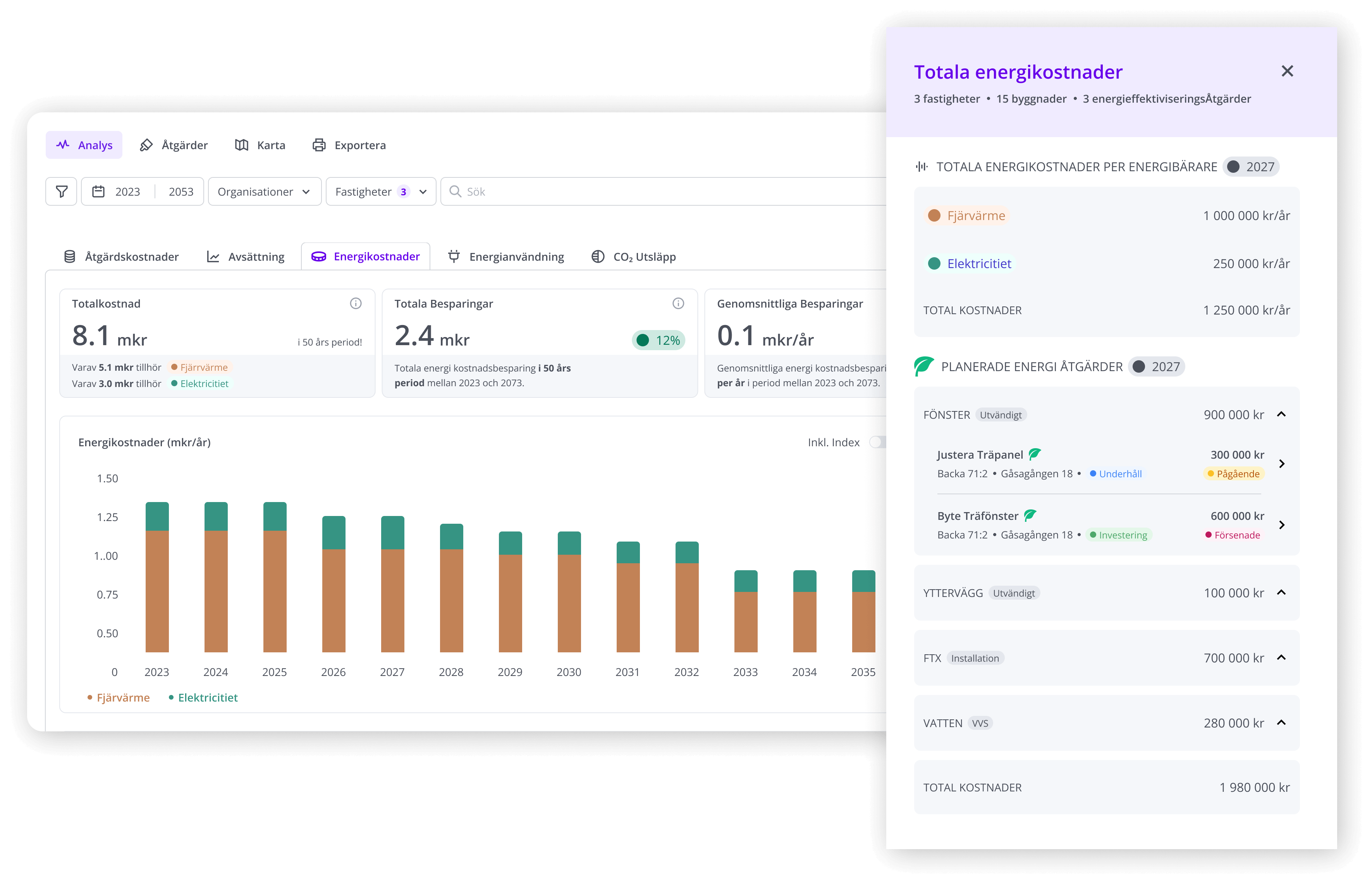How energy efficient are your properties?
Do you know how energy efficient your properties are? And did you know that there are rules regarding energy management when you are building new or renovating?
Today, buildings account for a significant part of carbon dioxide emissions in Sweden - the building stock is relatively old, while properties have a large energy need in the form of electricity and heat. The real estate industry faces a lot of challenges going forward and for you as a property owner there are various requirements regarding energy performance and climate impact that you need to be aware of.
Here we tell you more about what you as a property owner should think about when it comes to energy efficiency. What is it? What are the requirements? And how you can make your properties more energy efficient?
What are energy efficient properties?
An energy-efficient property uses energy resources such as electricity and heat as efficiently as possible. This means that the energy needed to live, live or work in a property is at as low a level as possible - without affecting the indoor environment for the worse. A property that consumes less energy is also a property with lower emissions of greenhouse gases and reduced climate impact.
Therefore, energy efficiency is important:
- it creates cost efficiency
- and reduces climate impact.
Low energy consumption of heat and electricity, for example, helps to lower costs for property maintenance and operation while reducing the building's carbon dioxide emissions. Energy-efficient properties therefore benefit both the environment and you who own the property. Energy efficiency of properties is more important than ever right now as buildings account for a large part of the total greenhouse gas emissions in Sweden.
What rules and requirements apply to you as a property owner?
In addition to being able to reduce costs through energy efficiency, there are also requirements if you as a property owner are to build a new or renovate an existing property. You need to ensure that the building maintains good thermal insulation and has a low energy consumption, without compromising the indoor environment. Electricity is especially important to keep an eye on as it is classified as a high-quality energy source. On the Housing Authority's website you will find more information about which rules apply around energy efficiency when renovating or building new.
There is also legislation in the Environmental Code that states that everyone who runs a business must economize on all types of resources - to ensure a good living environment for today's and future generations.
The energy declaration - a prerequisite for successful energy efficiency
The energy declaration - a prerequisite for success An energy declaration shows how much energy is used in a building. It can be how much energy is needed to heat a building or current electricity consumption. It also often contains suggestions on how to reduce energy use. Today, most buildings need an energy declaration.
The energy declaration is an excellent tool for keeping track of the energy consumption in your properties, and if you are, for example, making a new investment in a property, the energy declaration gives you a good overview of the building's energy status and can compare it with other properties.
You can find more about energy declarations on the Swedish Housing Authority's website.

Energy class shows the building's energy consumption
In addition to energy declarations, it can be useful to know which energy class a building has. Energy classes are defined as a letter from A to G where A means low energy consumption while G stands for high energy consumption. However, there is an exception here, older buildings lack this type of energy classification and energy use is indicated here instead in kWh/m2. Energy classes are also good to keep an eye on when buying a property - regardless of whether it is newly built or older.
All buildings have different needs – what does your property portfolio need?
When it comes to energy efficiency, it means different things for different properties. Some buildings need better insulation, while others need the installation of energy-efficient lighting. Use the energy declaration to see what the report says. What suggestions are there? Below are some common measures for energy efficiency.
Energy-efficient measures for properties:
- Better insulation that keeps the heat in and consumption low
- Energy-efficient lighting and light sources – for reduced electrical energy use
- Efficient heating systems
- Nozzles in water taps and showers that use less water than normal nozzles
- Additional insulation in attic and facade
- Automated systems for controlling heat and electricity
Create energy-efficient properties with climate-smart maintenance planning
Energy efficiency becomes much easier with one climate-smart maintenance plan. In Sinom's data-driven tool for planning property maintenance, you see both current measures and climate aspects such as e.g. estimated carbon dioxide emissions. You can therefore create maintenance and renovation plans that also include energy-efficient measures.
Sinom combines a financial overview with calculations of the property's future energy and climate impact. Make smart decisions about actions that need to be taken – not only based on what they cost but also based on their effect on the climate and environment. Do you want to know more about Sinom? You are welcome to contact us here.

Share:
More interesting blog articles:

Bortom datapunkter: Hur Sinom väcker byggnader till liv i sitt planeringsverktyg
I dagens digitala tidsålder samlas mer och mer data. Men det handlar inte bara om att samla datapunkter; det handlar om att göra dem meningsfulla,

Work systematically towards the global sustainability goals together with Sinom
We work for well-maintained properties and a better world. We live in a society where many of our resources are not used sustainably

Climate-smart maintenance planning - what is it?
Buildings account for almost a quarter of the total energy demand and emissions of greenhouse gases in Sweden, and many properties today require extensive maintenance in order to

